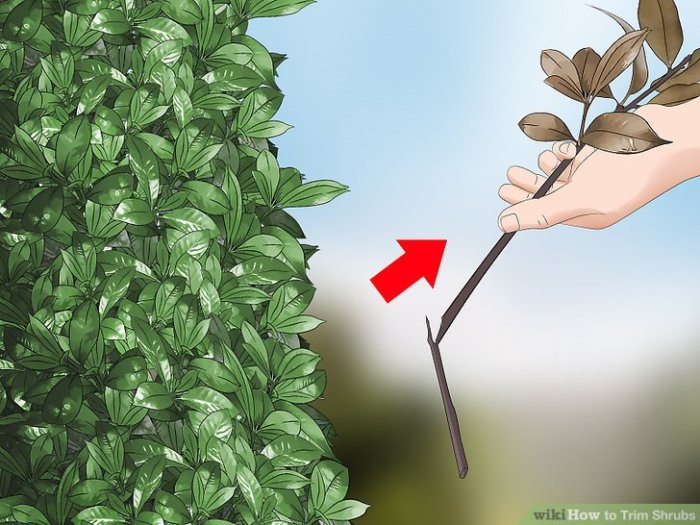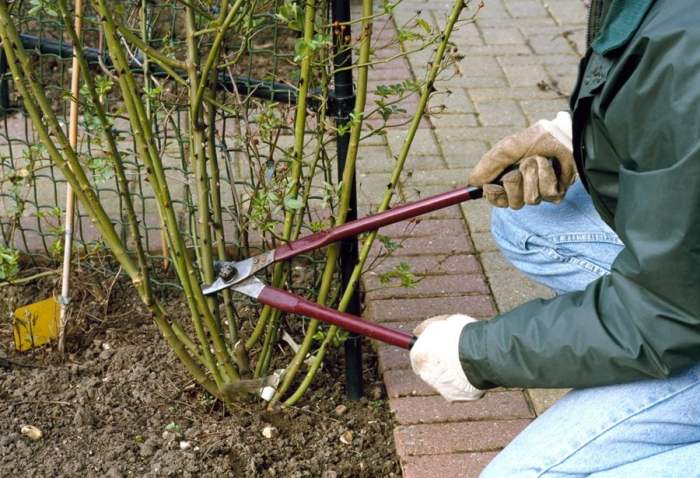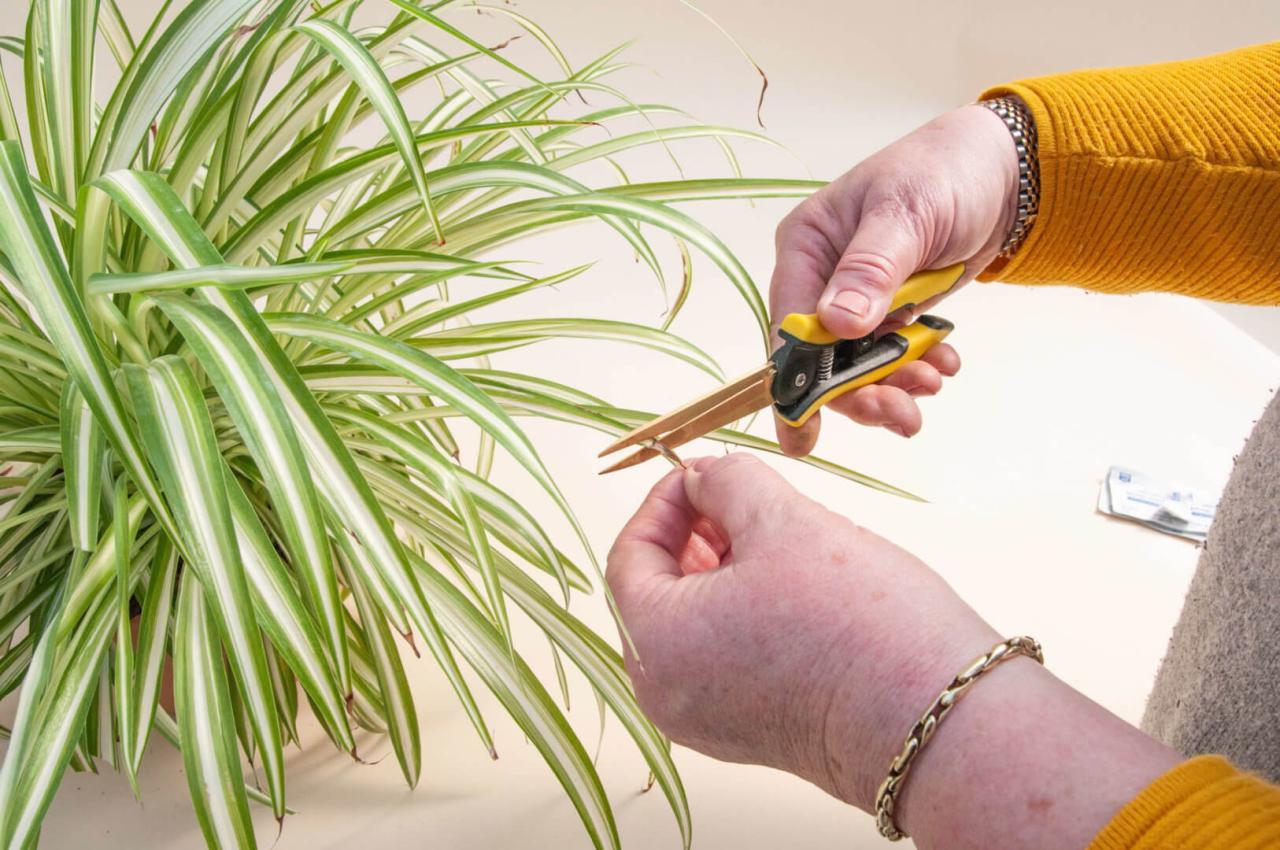How to trim outdoor plants – Embark on a journey to transform your outdoor haven with the art of trimming outdoor plants. From identifying plant types to mastering essential techniques, this guide empowers you to cultivate a thriving and aesthetically pleasing garden.
Delve into the intricacies of plant anatomy, understanding the unique needs of shrubs, trees, hedges, and vines. Discover the secrets of shaping, topiaries, and focal points, unlocking the potential to create a breathtaking outdoor oasis.
Identify Plant Type and Seasonality

Trimming outdoor plants is essential for maintaining their health and aesthetic appeal. However, different plant types have specific trimming requirements, and it’s crucial to consider the season when performing this task.
Understanding the growth habits and seasonal variations of different plants is key to successful trimming. Some plants, such as hedges and topiaries, require regular shaping to maintain their desired form, while others, like perennials and shrubs, may only need occasional pruning to remove dead or overgrown branches.
Seasonal Considerations
The season plays a significant role in plant trimming. In spring, many plants are actively growing and trimming can stimulate new growth. Summer is generally a good time for light pruning and deadheading to encourage flowering and prevent legginess. In fall, trimming can help prepare plants for winter dormancy by removing dead or diseased branches.
Winter is typically not a suitable time for major trimming, as plants are dormant and vulnerable to damage.
Essential Tools and Techniques
Trimming outdoor plants requires specific tools and techniques to ensure their health and aesthetics. Understanding the types of tools and the proper trimming methods is crucial for successful plant maintenance.
Maintaining the health and aesthetics of outdoor plants requires proper trimming techniques. To achieve this, it’s essential to understand the specific methods for trimming different plant types. A comprehensive guide on how to trim the plants can provide valuable insights and instructions.
By following these guidelines, you can effectively trim outdoor plants, promoting their growth and enhancing their appearance.
Tools
- Shears:Handheld tools with short blades for precise cutting of small branches and stems.
- Pruners:Larger than shears, pruners are designed to cut thicker branches and stems.
- Loppers:Long-handled tools with long blades for cutting branches that are too high or thick for shears or pruners.
Techniques
Trimming techniques vary depending on the plant type and desired shape. General guidelines include:
- Cutting Angles:Cut branches at a slight angle, sloping away from the main stem to prevent water from accumulating and causing rot.
- Shaping Methods:Use different trimming methods to achieve specific shapes, such as thinning (removing select branches to improve air circulation), heading (cutting back branches to encourage new growth), and shearing (cutting plants into a uniform shape).
Specific Trimming Considerations

Trimming plants requires an understanding of their specific needs. Different types of plants have unique growth patterns and purposes, influencing the trimming techniques employed.
Shrubs
Shrubs benefit from regular trimming to maintain their shape and promote healthy growth. Remove dead or diseased branches and trim overgrown shoots to encourage new growth. Avoid cutting back too severely, as this can weaken the shrub.
When trimming outdoor plants, it’s important to consider the specific needs of each plant. For instance, cactus plants require specialized trimming techniques. For detailed instructions on how to trim cactus plants, visit this guide . Once you’ve trimmed your cactus plants, continue trimming your other outdoor plants, keeping in mind their unique characteristics.
Trees
Tree trimming aims to remove dead or diseased branches, improve structural integrity, and enhance aesthetic appeal. Prune branches that are crossing or rubbing against each other to prevent damage. Remove suckers and water sprouts to maintain the tree’s desired shape.
Hedges, How to trim outdoor plants
Hedges require frequent trimming to maintain their formal appearance. Use hedge trimmers or shears to cut back new growth evenly. Trim the sides and top of the hedge to create a desired shape. Avoid over-trimming, as this can result in bare patches.
Vines
Vines need trimming to control their growth and prevent them from becoming invasive. Prune dead or diseased canes and remove suckers that detract from the vine’s main structure. Trim back overgrown shoots to promote new growth and maintain the vine’s desired shape.
Design and Aesthetics

Trimming is not only crucial for plant health but also plays a significant role in enhancing the appearance and functionality of outdoor spaces. By selectively removing excess growth, gardeners can create specific shapes, topiaries, and focal points that elevate the visual appeal of their gardens and outdoor areas.
Trimming techniques allow for the creation of various shapes, including formal geometric forms such as spheres, pyramids, and cubes. These shapes add a touch of elegance and structure to gardens, creating a sense of order and symmetry. Additionally, topiaries, which are sculpted plants trained into intricate shapes, can become stunning focal points, adding a touch of whimsy and artistry to the landscape.
Creating Focal Points
Trimming can also be used to create focal points within a garden or outdoor space. By selectively pruning certain plants to be taller or more prominent than others, gardeners can draw attention to specific areas and create a sense of depth and interest.
This technique is particularly effective when used with plants that have striking foliage or flowers, as it allows their beauty to be showcased and appreciated.
Maintenance and Aftercare

Regular trimming is essential for maintaining plant health and appearance. It promotes new growth, prevents disease, and enhances the plant’s overall aesthetic appeal.
Trimming outdoor plants involves removing dead or diseased branches, shaping the plant for desired aesthetics, and promoting healthy growth. For instance, trimming raspberry plants involves removing spent canes, thinning out suckers, and cutting back lateral branches to encourage fruit production.
Proper trimming techniques for outdoor plants enhance their overall health, appearance, and yield.
Cleaning and Care of Trimming Tools
- Clean tools before and after use with a disinfectant solution to prevent the spread of disease.
- Sharpen blades regularly to ensure clean cuts and minimize damage to plant tissue.
- Oil or lubricate moving parts to ensure smooth operation and prevent rust.
Disposal of Plant Waste
Dispose of plant waste responsibly to prevent the spread of disease or pests. Consider the following options:
- Composting:Break down plant material into nutrient-rich soil amendment.
- Mulching:Spread plant waste around the base of plants to retain moisture and suppress weeds.
- Burning:In designated areas, burn plant waste to destroy pathogens and pests.
Concluding Remarks: How To Trim Outdoor Plants
Regular trimming not only enhances the appearance of your garden but also promotes plant health and longevity. Embrace the transformative power of this horticultural practice and witness the remarkable results it brings to your outdoor sanctuary.
FAQ Overview
What are the essential tools for trimming outdoor plants?
Shears, pruners, and loppers are indispensable tools for effective trimming.
When is the best time to trim outdoor plants?
Consider the seasonality of different plant types to optimize trimming for growth and health.
How do I dispose of plant waste responsibly?
Composting or mulching plant waste benefits your garden and the environment.